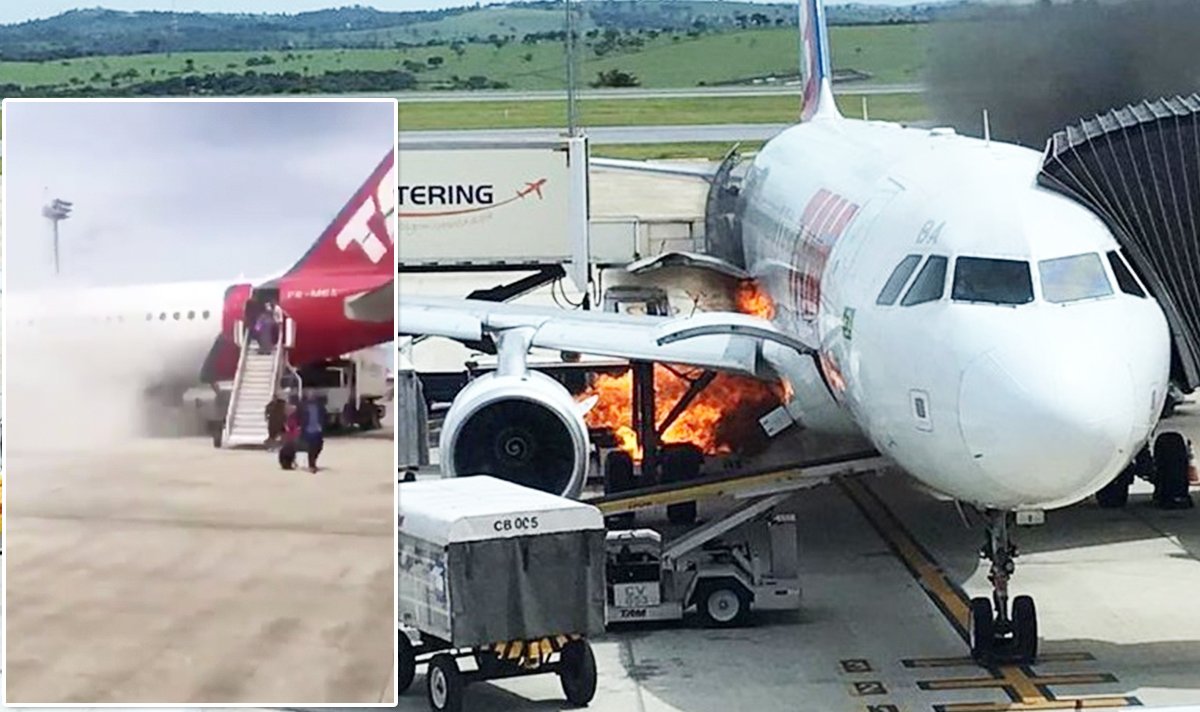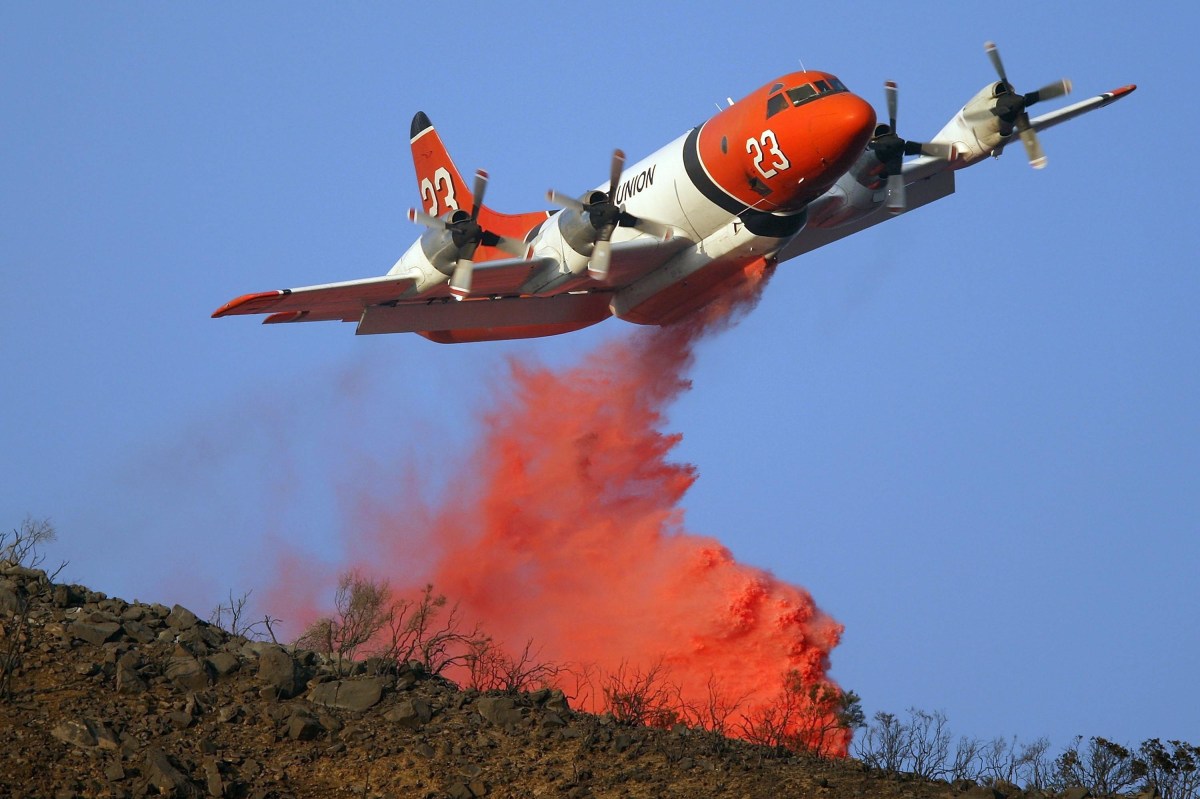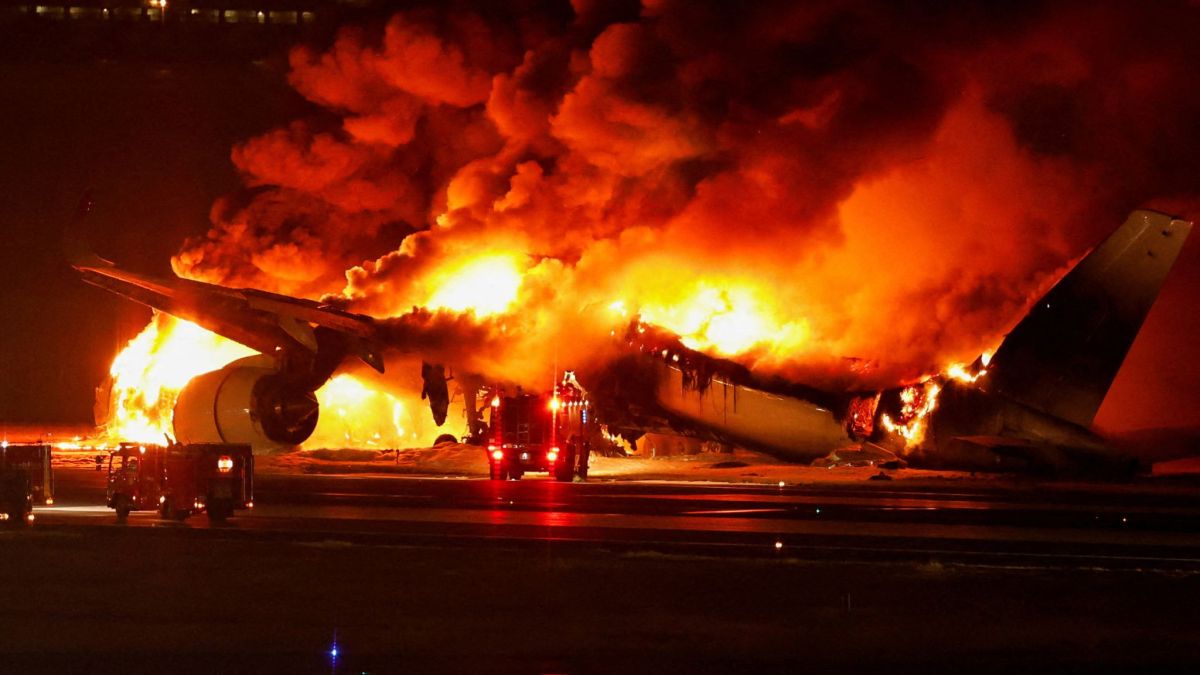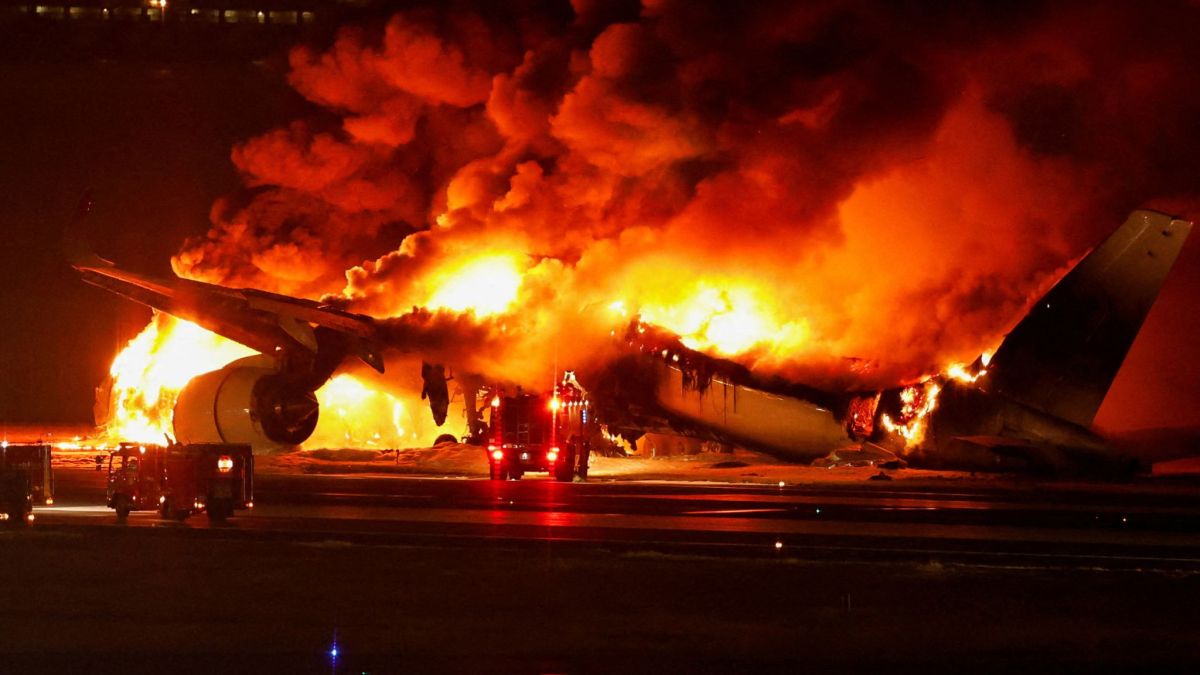LA Fire From Plane: The devastating impact of aircraft-related wildfires on Los Angeles is a critical concern. This exploration delves into the various types of aircraft involved, the causes of these fires, and the crucial safety measures and prevention strategies needed to mitigate this significant threat. We’ll examine specific incidents, analyze contributing factors, and investigate the economic and environmental consequences of these devastating events.
Fighting LA fires from the air involves coordinating massive water drops from planes, a complex operation. Imagine the added danger if a drone interfered, like in this recent incident where a drone actually drone hits water bomber , jeopardizing the whole operation. This highlights the critical need for drone safety regulations around firefighting efforts in places like LA, to prevent accidents and ensure the safety of both pilots and the public.
From air tankers battling blazes to the potential for mechanical failures igniting dry brush, we’ll uncover the complex interplay of factors that contribute to aircraft-related wildfires in the Los Angeles area. Understanding these factors is key to developing effective prevention and response strategies, protecting both lives and property.
Aircraft and Wildfires in Los Angeles: La Fire From Plane
Los Angeles, with its unique blend of urban sprawl and wildland-urban interface, faces a significant risk of wildfires, some of which are unfortunately linked to aircraft operations. Understanding the types of aircraft involved, the causes of these incidents, and the safety measures in place is crucial for mitigating this risk and protecting both lives and property.
Aircraft Involved in LA Fire Incidents

Various aircraft play crucial roles in both preventing and fighting wildfires near Los Angeles. Their design and capabilities differ significantly based on their function.
| Aircraft Type | Role | Capacity (water/retardant) | Notable Features |
|---|---|---|---|
| Air Tanker (e.g., DC-10, BAE-146) | Large-scale water/retardant delivery | Thousands of gallons | High-capacity tanks, advanced navigation systems, robust airframe |
| Helicopter (e.g., Sikorsky S-64, Bell 214ST) | Precise water/retardant drops, rescue operations | Hundreds of gallons | Maneuverability, ability to operate in challenging terrain, external water buckets or tanks |
| Spotter Plane (e.g., Cessna 182, Piper PA-32) | Fire monitoring, real-time updates to ground crews | N/A | Excellent visibility, communication systems, lightweight and agile |
Air tankers, in particular, are engineered for fire suppression. Their design emphasizes large-capacity tanks, often modified from existing airframes, robust structures to withstand extreme heat, and advanced navigation systems for precise drops. Features like retardant delivery systems and reinforced landing gear are also critical.
Helicopter models vary significantly in their firefighting capabilities. Larger helicopters, such as the Sikorsky S-64, possess substantially greater water/retardant capacity than smaller models. Differences in maneuverability and the type of water-dropping system (buckets versus internal tanks) also influence their effectiveness in different terrain and fire situations.
Causes of Aircraft-Related Fires in LA

Aircraft-related wildfires can stem from various factors, including mechanical malfunctions and environmental conditions.
- Incident 1: A faulty engine in a small aircraft caused a spark igniting dry brush during takeoff. The cause was identified as a malfunctioning fuel injector.
- Incident 2: A downed power line struck a helicopter during a water drop, causing a short circuit and a subsequent fire. The cause was a combination of mechanical failure and environmental conditions.
- Incident 3: Hot exhaust from a large air tanker ignited dry grass during a low-altitude drop. The cause was attributed to a combination of high ambient temperatures and exceptionally dry vegetation.
Environmental factors like prolonged drought, high winds, and abundant dry vegetation significantly amplify the risk of aircraft-related fires. Even a small spark can rapidly spread under such conditions.
Common mechanical failures contributing to ignition sources include engine malfunctions (fuel leaks, spark plug issues), exhaust system failures, and electrical shorts.
Safety Procedures and Regulations, La fire from plane

Strict operating procedures and regulations are in place to minimize the risk of aircraft-related wildfires. These include pre-flight checks, maintenance protocols, and emergency response plans.
So you’re looking into that LA fire from a plane incident? To get a better understanding of interconnected events, check out the clues for the NYT Connections puzzle from January 12th, nyt connections hints january 12 , as understanding patterns helps with analyzing seemingly unrelated incidents. Maybe the puzzle offers a fresh perspective on how seemingly isolated events, like this plane fire, can be linked to broader trends.
Thinking about the puzzle might even help you brainstorm potential causes for the LA fire.
Standard operating procedures for firefighting aircraft near populated areas emphasize careful flight planning, communication coordination with ground crews, and adherence to designated flight paths. Regular maintenance and pre-flight checks are mandatory to identify and address potential mechanical issues before they lead to accidents.
Regulations mandate rigorous maintenance schedules, including inspections of critical components such as engines, fuel systems, and electrical wiring. Pilots undergo extensive training to handle emergency situations and to be aware of fire risks.
LA fire from a plane is a serious hazard, often stemming from engine malfunctions or fuel leaks. Thinking about airborne dangers, it’s worth considering other risks, like a plane hit by a drone – check out this article for more info: plane hit by drone. This highlights how various external factors, besides mechanical issues, can cause fires in aircraft, emphasizing the importance of air safety regulations.
- Detect the fire: Observe smoke or flames near the aircraft’s flight path.
- Alert authorities: Immediately contact air traffic control and emergency services.
- Attempt safe landing: If possible, land the aircraft in a safe, clear area.
- Evacuate the aircraft: Once landed, promptly evacuate the aircraft and move to a safe distance.
- Assist emergency personnel: Cooperate with emergency responders in their investigation and fire suppression efforts.
Impact and Prevention Strategies
Aircraft-related wildfires in the LA area have significant economic and environmental consequences. These impacts necessitate comprehensive prevention strategies.
| Impact Type | Description | Cost (if applicable) | Mitigation Strategy |
|---|---|---|---|
| Economic | Property damage, firefighting costs, business disruption | Millions of dollars | Improved fire prevention measures, enhanced insurance programs |
| Environmental | Habitat loss, air pollution, soil erosion | Difficult to quantify | Ecosystem restoration, improved land management practices |
| Social | Displacement of residents, health impacts from smoke | Difficult to quantify | Improved emergency response systems, public awareness campaigns |
A comprehensive prevention plan includes regular aircraft inspections, rigorous pilot training programs focusing on fire awareness and emergency procedures, and the implementation of advanced communication systems for real-time updates and coordination between aircraft and ground crews. This plan also emphasizes proactive land management practices and public education to reduce overall fire risk.
Fire prevention techniques for aircraft operations include the use of fire-resistant materials in aircraft construction, regular inspections of exhaust systems and fuel lines, and improved engine designs to minimize the risk of ignition sources.
Illustrative Examples of Aircraft Fire Incidents
A significant aircraft-related wildfire occurred in the Santa Monica Mountains in 20XX. A malfunctioning engine in a small private aircraft ignited dry brush during a landing attempt. The resulting fire rapidly spread due to strong Santa Ana winds, consuming hundreds of acres and destroying several homes. The response involved numerous firefighting aircraft and ground crews, highlighting the scale of the event and the devastating consequences of such incidents.
A wildfire started by an aircraft might spread as follows: Imagine a strong Santa Ana wind blowing from the east. The aircraft, flying low over chaparral (dense, dry shrubs), malfunctions, causing a spark that ignites the vegetation. The fire, fueled by the dry brush and aided by the wind, rapidly spreads westward, climbing slopes and following canyons. The terrain’s unevenness and the presence of different fuel types (e.g., mixed chaparral and grass) influence the fire’s spread, creating irregular fire lines.
Outcome Summary
Aircraft-related wildfires in Los Angeles present a serious challenge demanding a multifaceted approach. By understanding the types of aircraft involved, the causes of these fires, and implementing comprehensive safety procedures and prevention strategies, we can significantly reduce the risk of future incidents. Continued vigilance, technological advancements, and proactive measures are crucial in safeguarding the Los Angeles area from the devastating consequences of these events.
Expert Answers
What types of aircraft are most commonly used in firefighting efforts in LA?
Air tankers (large fixed-wing aircraft), helicopters (for water drops and access to difficult terrain), and spotter planes (for aerial surveillance).
How are aircraft-related wildfires investigated?
Investigations typically involve analyzing flight data recorders, conducting witness interviews, and examining the aircraft for mechanical failures or other potential causes. Agencies like the NTSB and local fire departments collaborate.
What role does weather play in aircraft-related fire risk?
Dry conditions, strong winds, and high temperatures significantly increase the risk of ignition and rapid fire spread. These factors exacerbate the danger posed by any potential ignition source, including aircraft.
Are there specific regulations for aircraft operating near wildfires?
Yes, stringent regulations govern aircraft operations near wildfires, including flight paths, altitude restrictions, and communication protocols to ensure safety and minimize risk.
